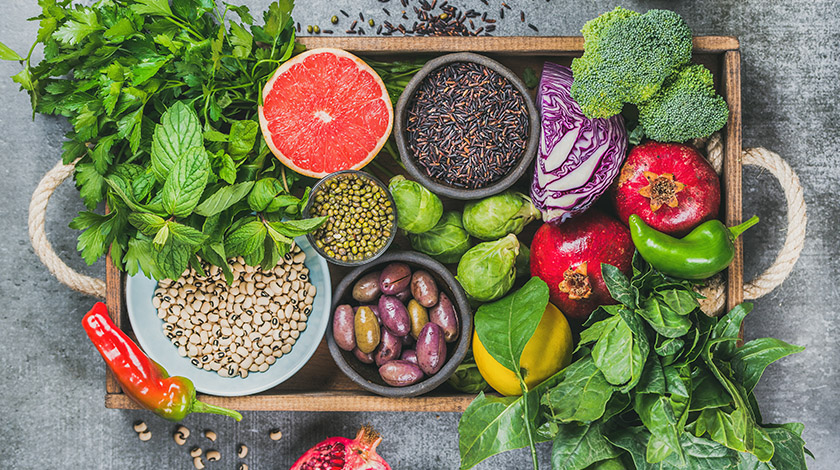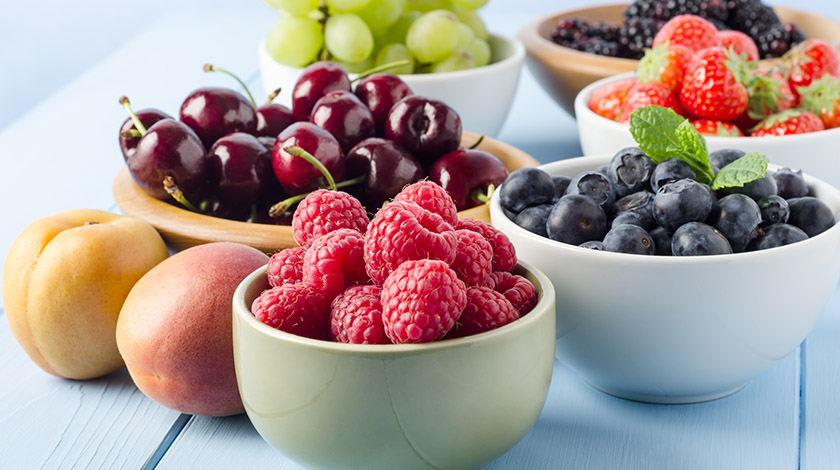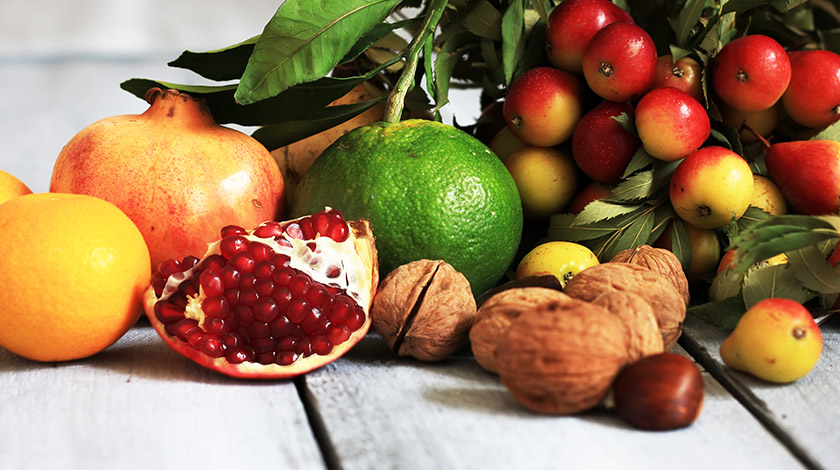Everyone from dieticians and scientists to your favorite celebrities and fitness models repeats the Five a Day mantra. But if you’re among the 94.4 percent of Hong Konger who eat less than the recommended 400 grams or five servings of vegetables per day as surveyed by the local Department of Health from 2014-16, you might benefit from understanding why fruits and vegetables are so important.
The five benefits

Chefs love fruits and vegetables because they add a splash of color to the plate. But fruits and vegetables aren’t just eye-candy. They’re packed with nutrients that are vital for your health! Here are their benefits.
- Fighting disease. Studies have consistently identified a correlation between fruit and vegetable consumption with decreased risk of heart disease1, cancer2 and diabetes3.
- Improved immunity. Do you frequently find yourself coming down with annoying coughs and colds? A little more Vitamin C might help. Vitamin C improves immune function, enabling our body to fight off infection Citrus fruits such as oranges and kiwis are packed with Vitamin C.4
- Better complexion. Getting your five a day can help minimize blemishes and banish persistent acne. It’s not just because fruits and vegetables are packed with antioxidants, but also their high Vitamin C content. Pimples are actually caused by bacterial infection, so improved immunity often leads to better skin as well.
- Weight control. Fruits and vegetables are rich in dietary fiber, which make you feel fuller, yet are much lower in fat and calories compared to most snack foods.
- Digestive health. Finally, fiber consumption is essential for regular bowel movement and digestive health. Complex carbs like brown rice and wholemeal bread are a great source of fiber, but so are fruits and vegetables.
Getting that Five a Day

It’s immediately obvious that the portion size of five kiwis or five grapes is not the same as, say, five bananas. Fruits and vegetables come in so many different shapes and sizes that it’s tough to identify what counts as a serving. Here’s a general guide.5
A serving of fruits:
- A handful of tiny fruits such as grapes, raisin or berries
- 2 small fruits such as peaches or kiwi fruits
- 1 medium-sized fruit such as apples, pears, oranges or bananas
- 1 glass of 100% fruit juice (150ml).
A serving of vegetables:
- 3 heaped tablespoons of raw, cooked, frozen or tinned vegetables such as carrots and peas
- 1 medium-sized tomato
- 3 sticks of celery
- Two handfuls of raw spinach
Now that you are more familiar with the concept, try starting to add these essential ingredients to your next meal!
Sources
- Fruit and vegetable intake and mortality from ischaemic heart disease: results from the European Prospective Investigation into Cancer and Nutrition (EPIC)-Heart study. Crowe FL, Roddam AW, Key TJ, et al. Eur Heart J. 2011; 32(10): 1235-43.
- Diet and cancer. Divisi D, Di Tommaso S, Salvemini S,et al. Acta Biomed 2006; 77; 118-123.
- Do simple questions about diet and physical activity help to identify those at risk of Type 2 diabetes? Simmons RK, Harding AH, Wareham NJ, Griffin SJ. Diabet Med 2007: 24(8); 830-835. Nutrition and the immune system. The European Food Information Council. Visited 16 April 2013.
- The eatwell plate. NHS choices. Visited 16 April 2013.
- A day portion sizes. NHS choices. Visited 16 April 2013.

